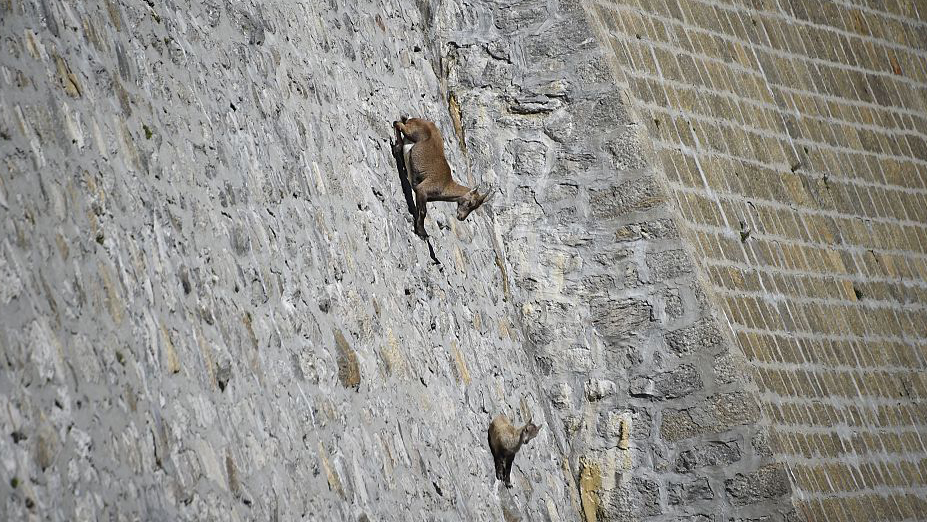
Humans have a lot to answer for when it comes to animals ending up in places that they shouldn’t be. From Australian wallabies bouncing around on an island on a Scottish loch to pigs swimming in the crystal-clear waters of the Bahamas, the ability of animals to adapt to their surroundings never ceases to amaze. Whether they were put there on purpose, escaped from a local zoo or hitchhiked their way across the globe, there are many places across the world where you might encounter some rather unexpected inhabitants.
Last week, we shared the story of the lynx that had tragically died having been recaptured after ‘rogue rewilders’ had set four of these medium-sized wild cats free in Scotland’s Cairngorms National Park. It’s thought that these cats, which were raised in captivity, would have lacked the survival skills to thrive in the wild.
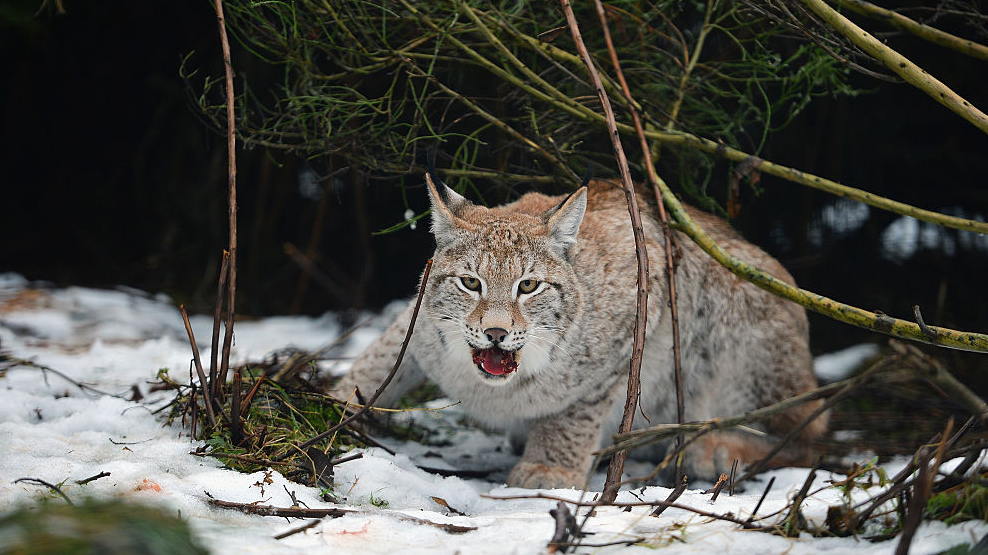
However, there is a growing clamor for the introduction – or reintroduction – of the Eurasian lynx into places like the Scottish Highlands. The species represents very little to no danger for humans, and it’s increasingly accepted that an official, carefully managed release of lynx would be beneficial to local ecosystems. Imagine the thrill of sighting these elusive creatures through your binoculars while bagging Munros. After all, the lynx is indigenous to the British Isles. They lived in Britain at least around a thousand years ago, if not more recently, before being eradicated by hunting and habitat loss. So the lynx is an example of an animal that should be present in a certain place but isn’t because of human intervention.
But, what about animals that aren’t where there supposed to be? In this feature, we take a look at some famous examples, revealing the theories behind how they ended up there and their impact on the region.
Cats run amok on Stephens Island
One of the most famous and simplest examples of an invasive species having a catastrophic impact on the local wildlife is the tale of Tibbles and Lyall’s wren…
In the late 19th century, the construction of a lighthouse on the previously uninhabited Stephens Island in New Zealand was terminal for the now extinct Lyall’s wren, a once charming little flightless bird. This was because the settlers brought domestic cats to the island. A pregnant cat escaped into the wild and eventually the little felines ran amok, killing all the wrens.
The blame for the slaughter is often attributed to a single cat, the comically cutely named Tibbles. We’re sure Tibbles ate his fill of wren, but he wasn’t the only one, so it seems unfair to lay all the blame at his door, or cat flap for that matter. The truth is that many cats were responsible for the downfall of this wren species, mere years after it had first been discovered.
Meet the expert
Wallabies and the fastest granny on the water
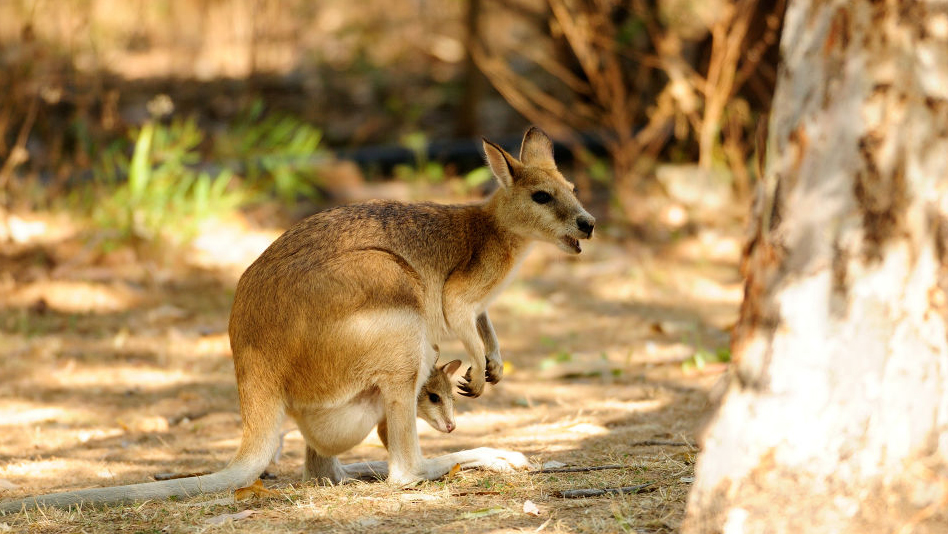
Any rugby fan will know that wallabies are associated with Australia, a nation whose national rugby union team is nicknamed the Wallabies. (However, the English football team are nicknamed the Three Lions, so some nations clearly have a habit of pinching animals from elsewhere.)
The wallaby is a macropod, a smaller member of the family that also contains the very, very, very Australian kangaroo. Indeed, wallabies are indigenous to Australia and New Guinea but have established a foothold in some very unlikely places…
It seems the British are useless at keeping wallabies captive. Escapes from wildlife parks and zoos, as well as occasions where they’ve been purposefully introduced, have seen these leaping marsupials colonizing places as far flung as the Isle of Man, a large island in the Irish Sea; the windswept moorlands of the Peak District National Park in the Midlands; and the tiny island of Inchconnachan on Loch Lomond in the Southern Highlands of Scotland. That's just the tip of the iceberg. There have been numerous other wallaby sightings across the country too.
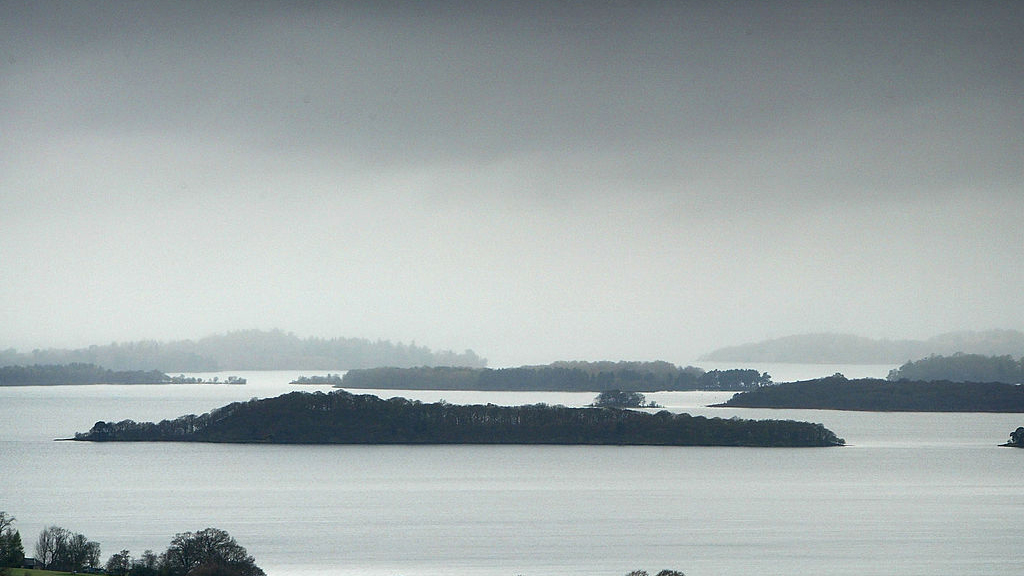
In the case of Loch Lomond’s Inchconnachan island, they were purposefully placed in the 1940s by the eccentric Fiona Bryde Gore, an aristocrat who had a love for exotic creatures. She had a holiday home on the island and decided to move her marsupials across. A free spirit, she was also a proficient power boater and was known by the locals as ‘the fastest granny on the water’. These days, the many tourists that visit Loch Lomond can enjoy seeking out the unique inhabitants of what has become known as ‘Wallaby Island’. However, some have proposed that the wallabies should be culled to protect the island’s native capercaillie, a member of the grouse family.
Swimming pigs in the Bahamas
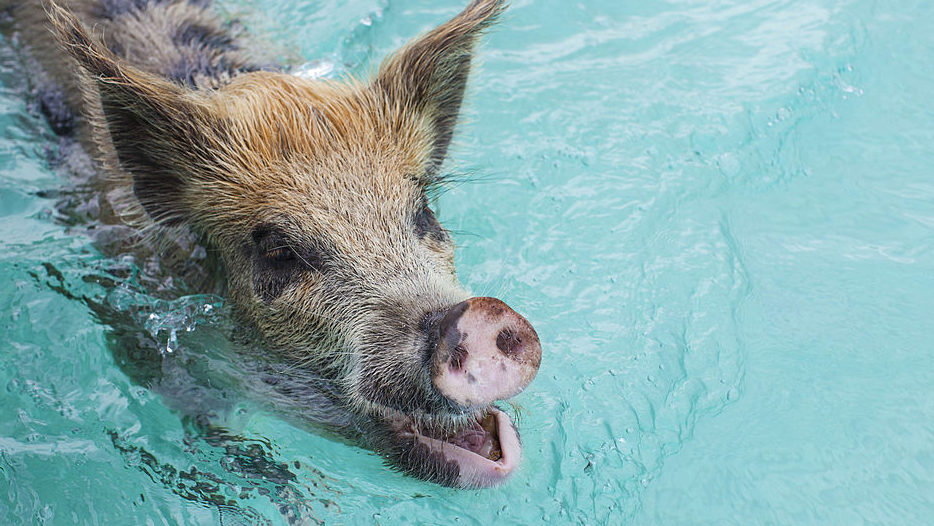
Pigs can’t fly, but they do swim in the crystal-clear waters of the Bahamas. It’s not known exactly how these plucky pigs came to inhabit the small island of Big Major Cay. Some say they were left by sailors who’d forgotten to cook them for a meal, others believe they survived a shipwreck. A more cynical theory is that they were placed here purposefully to generate a tourist attraction. Whatever the case may be, it would appear that they’ve won the pig version of the lottery, spending their days in the sunny, Caribbean paradise of the Outer Exumas.
Tourists flock from the nearby resorts to see the famous Pig Beach and feed its inhabitants. In 2017, there was controversy when around ten of the pigs were found dead. There are various theories to do with how this happened, with sand ingestion among the most credible. It’s thought this may have been exacerbated by tourists throwing morsels of food onto the beach’s sands.
Cingino Dam's daring mountain goats

It’s not that mountain goats shouldn’t live in the Alps (that’s exactly where they should live), it’s just that the sight of them scampering precariously up and down the sheer wall of the Cingino Dam is somewhat on the more appealing end of the dull/remarkable spectrum. The dam is located in the remote Antrona valley at over 2,000 meters above sea level, not too far from the iconic giants of Monte Rosa and the Matterhorn in the Western Alps.
The mountain goats, or more correctly alpine Ibex, cling to the wall above absolutely huge drops, drawn to the salty sustenance they find by licking the bricks and munching the lichen that grows in the cracks. It’s also thought that this exposed position protects them from predators. After all, you’d have to be a pretty suicidal lynx or wolf to attempt to set foot on the dam’s near-vertical wall. While the occasional goat has tumbled to its doom, they clearly fancy their chances dicing with death on the dam rather than being out on the mountainsides.
The bears of Český Krumlov Castle
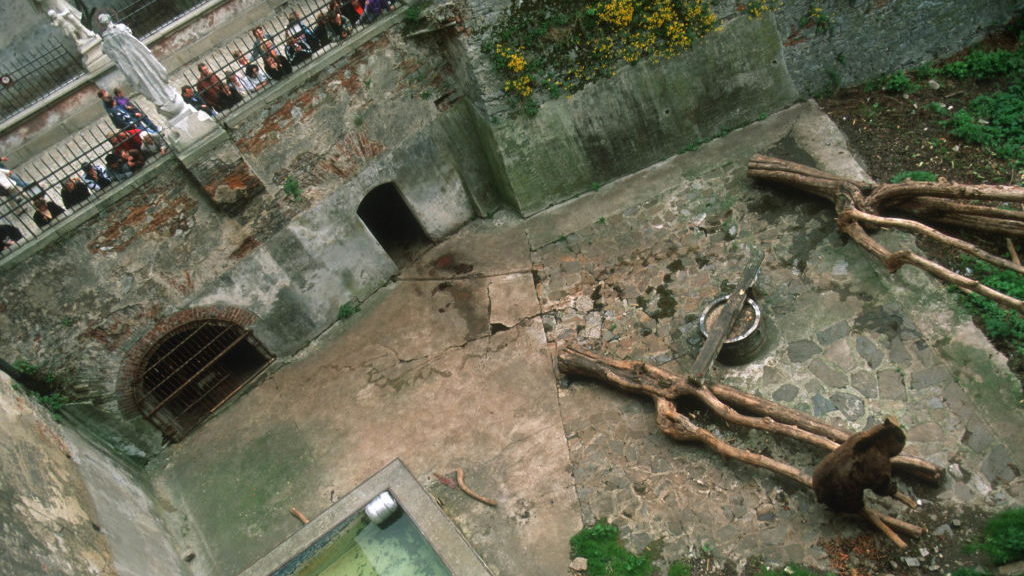
In the Czech Republic’s South Bohemia, the 700-year-old Český Krumlov Castle is an architectural marvel, while its moat has some rather special inhabitants: brown bears. In fact, bears have lived in the moat on and off since 1707 and today there are three. Unsurprisingly, visitors to the castle are keen to view the bears and they’ve become something of a tourist attraction in their own right.
There’s even an annual Bear Festival, held on Christmas Eve. Children are invited to bring tasty treats for the bears into the enclosure, leaving them under the trees. After the children have safely departed, the bears are released and have a ruddy good festive feast.
It seems likely that this particularly odd situation’s days are numbered, as animal rights campaigners have petitioned to end the practice of keeping the bears at the castle. This is despite efforts to reconstruct the moat to make it a more pleasant living environment.







